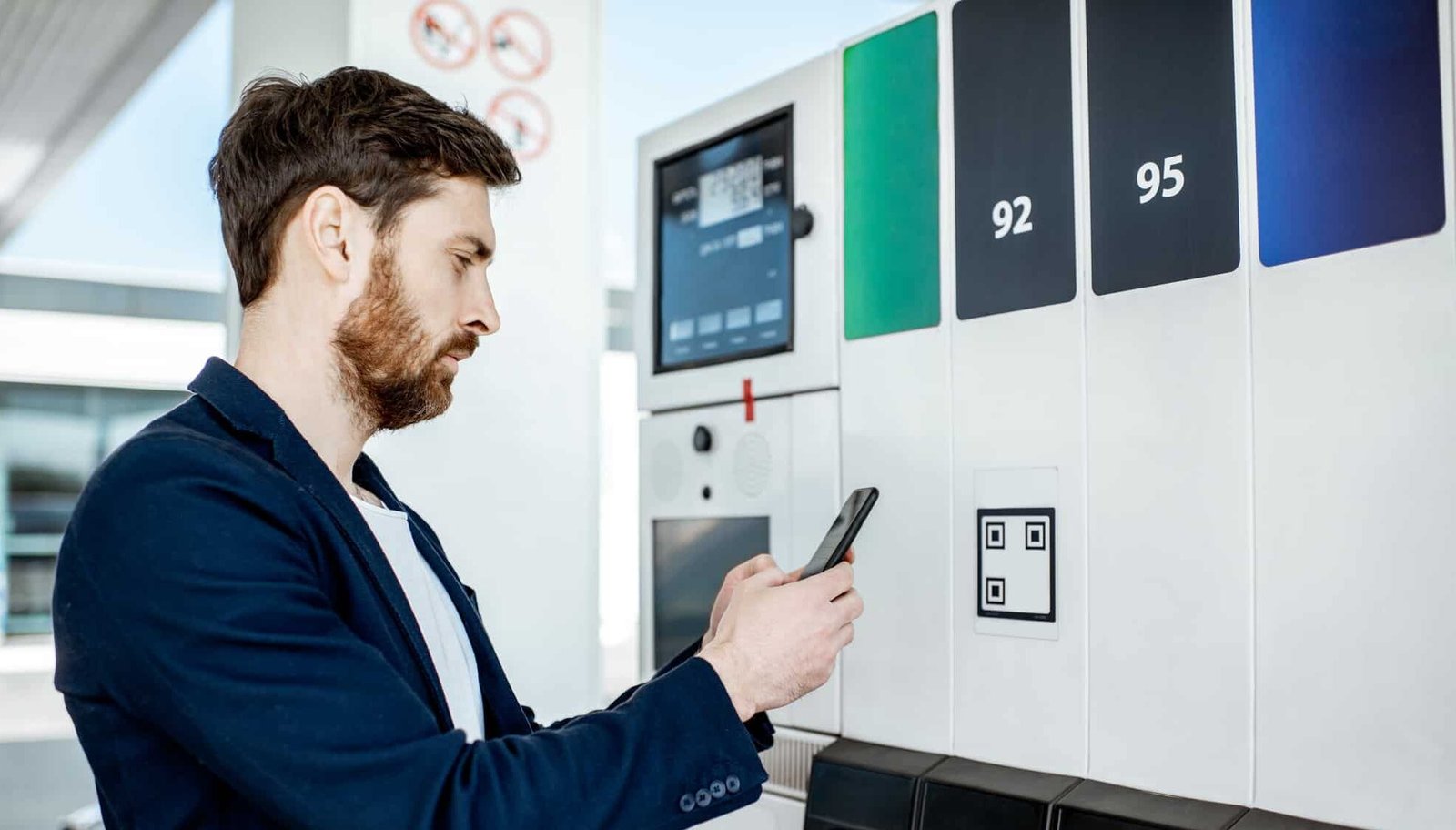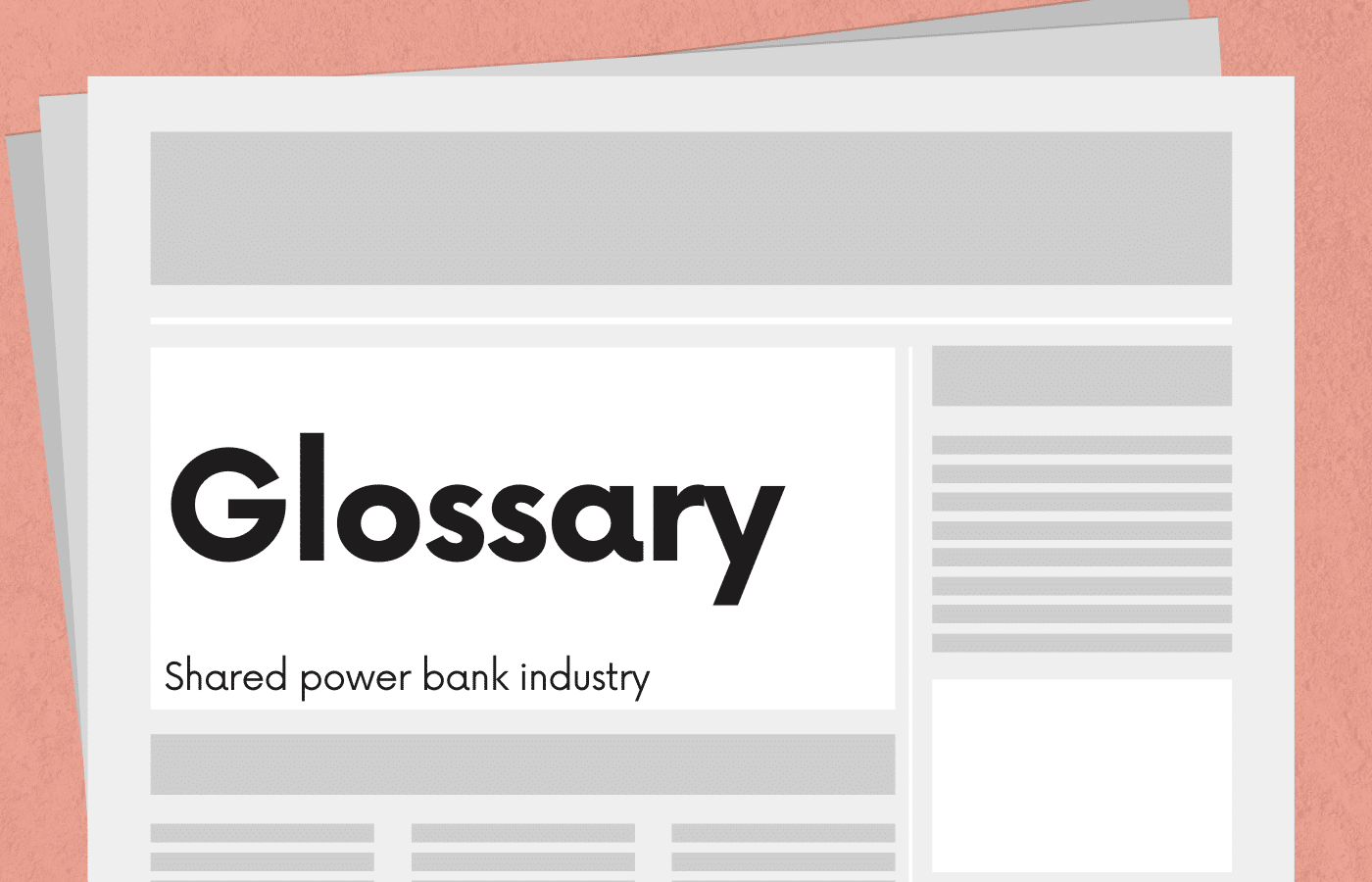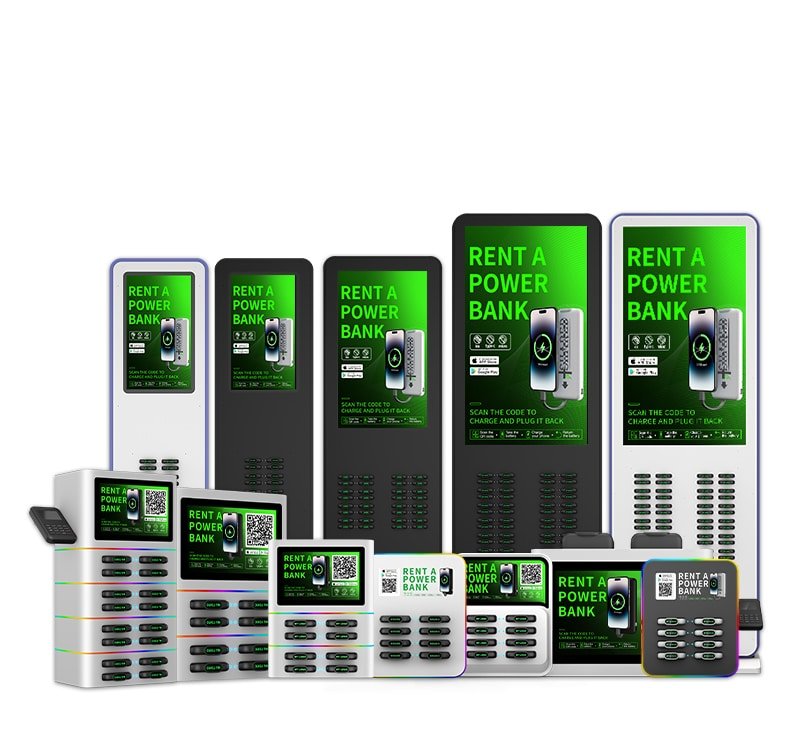The Digital Leash: Confronting Our Power Addiction in the Urban Wild
Let’s face it—we’re all junkies now. Our drug of choice? The dopamine hit from our smartphones, tablets, and other electronic pacifiers that keep us tethered to a world we can’t seem to live without. Our dealers? The tech companies that built this dependency, one notification at a time. And when your battery indicator turns red, you might as well be experiencing withdrawal symptoms from heroin. The sweaty palms. The anxiety. The desperate calculations about how many more emails you can send before the darkness comes.
Welcome to the digital apocalypse, where a dead phone can feel like social death.
Enter the shared power bank industry—the methadone clinic of our tech addiction. They didn’t create your dependency, but they sure as hell know how to profit from it. In cities across the globe, from Shanghai to San Francisco, Madrid to Melbourne, these little battery lifelines have become as essential to urban survival as knowing where the nearest public bathroom is (often the same place, ironically enough).
This guide isn’t some corporate-sponsored bullshit telling you which brand to pledge allegiance to. This is your survival manual for navigating the urban jungle when your digital lifeline is hanging by a thread. Consider it your map through the wilderness of dead zones and power deserts that plague our supposedly “smart” cities.
The Global Power Cartel: Who Owns Your Electronic Lifeline
The shared power bank landscape resembles a digital version of a street drug territory map. Each region has its dominant players, and crossing borders often means learning a whole new system—another app, another deposit scheme, another way to extract your data and dollars.
Asia: The Power Bank Promised Land
In China, shared power banks are as common as noodle shops. Companies like ChargeGo, Jiedian, and Energy Monster have stations every hundred meters in major cities. The ecosystem is so mature that you’ll find them tucked into restaurant tables and mall kiosks, available through super-apps like WeChat or Alipay. The convenience is undeniable, but so is the data collection. Every charge is another breadcrumb in your digital trail.
Japan’s landscape is dominated by ChargeSPOT and inCHARGE, typically found in convenience stores and transit stations—clean, efficient, and predictably more expensive than their Chinese counterparts. South Korea’s Powerclub and Taiwan’s Power Aces follow similar models with their own regional quirks.
Europe: The Fragmented Power Map
Europe’s power bank scene is as fragmented as its transit systems. Brick has gained ground in Germany and the Netherlands, while Charge Fairy dominates parts of the UK and France. Swappit has carved out territory in Spain and Italy. The inconvenient truth? Many tourists find themselves downloading multiple apps during a single European trip, each requiring verification, deposits, and of course, precious storage space on your already-taxed device.
Most stations cluster around transit hubs and tourist traps—places where your desperation can be monetized most efficiently. The highest concentration of power banks invariably correlates with the highest rental fees. Funny how that works.
North America: Late to the Party, High on Price
The US and Canada are playing catch-up, with services like Joos, Power-Up, and ChargeItSpot making inroads primarily in coastal cities and upscale venues. The American model often skews toward the “premium” end, charging rates that would make their Asian counterparts blush. The placement strategy focuses on airports, high-end malls, and convention centers—places where business travelers with expense accounts won’t blink at paying $8 for two hours of power.
The bitter irony? The countries that created much of this technology are the least equipped to keep it charged in public spaces.
Business Districts: Power for the Corporate Warriors
The glass and steel canyons of financial districts worldwide offer reliable hunting grounds for shared power. Look for these stations in:
- Lobbies of office buildings (often behind security, but a confident nod to the guard while gesturing at your phone works wonders)
- Coffee chains catering to the laptop crowd (Starbucks, Costa Coffee, etc.)
- Food courts in commercial complexes (follow the suits during lunch hour)
- Coworking spaces (many have external kiosks accessible without membership)
The corporate power ecosystem operates on predictable hours—good luck finding a charge at 10 PM in these concrete ghost towns. Plan accordingly or face the darkness.
Transit Hubs: Power Oases for the Nomadic Tribe
Airports, train stations, and major bus terminals serve as reliable power sanctuaries with a few caveats:
- Airport stations are typically monopolized by a single provider with prices to match their captive audience
- Train stations often hide their power banks in retail areas rather than waiting zones (forcing you through a gauntlet of shopping opportunities)
- Look for stations near information desks, food courts, and restroom entrances
Pro tip: Many transit hubs have adopted different power bank services in different terminals or levels. Check your app map before committing to a desperate terminal-to-terminal power hunt with your luggage in tow.
Tourist Zones: The Price of Being a Stranger
Tourist areas represent the perfect storm of power bank price-gouging: unfamiliar surroundings, language barriers, and the constant photo-taking and map-checking that drains batteries faster than an Instagram influencer can say “living my best life.”
Tourist-zone power banks often charge a premium—sometimes 2-3x the local rate—but when you’re lost in Barcelona with 2% battery and no idea how to get back to your hotel, you’ll pay it. Find them near:
- Visitor information centers
- Museum entrances/exits
- Tour bus stops
- Popular photo spots (the industry knows exactly where your phone dies most often)
The cynical reality: many tourist-area power stations specifically advertise “no app required” options with tap-to-pay capabilities, knowing full well they can charge extra for the convenience.
The App Ecosystem: Digital Maps to Electrical Salvation
Each power bank company has its own walled garden, and the dedicated user must often juggle multiple apps. Some survival tips for the app-based power hunt:
- Download before you’re desperate: Nothing more useless than trying to download a 75MB app on 3% battery over spotty public WiFi.
- Enable location permissions: Yes, they’re tracking you. No, you don’t have a choice if you want accurate station locations.
- Check operational hours: Many app maps don’t distinguish between 24/7 stations and those in venues with closing times.
- Filter by connector type: USB-C vs. Lightning vs. those weird micro-USB dinosaurs some devices still use.
- Verify the deposit requirement: Some services want a holding deposit that would make a landlord blush.
The dark truth no power bank company advertises: their own apps are often battery hogs, especially when constantly refreshing location data. The very tool you need to find power accelerates your need for it. It’s almost like it’s designed that way.
Aggregator Platforms: The Power Broker Approach
For the power user, aggregator apps like PowerMap (Asia-focused) and ChargeHere (Europe/US) attempt to unify the fragmented landscape, showing stations from multiple providers on a single map. The catch? They often can’t display real-time availability, and you’ll still need the provider’s native app to actually rent the damn thing.
No-App Solutions: Old School Power for Digital Refugees
Not every power solution requires surrendering your data to yet another digital overlord. For the app-averse or storage-challenged, look for:
- QR code-based systems (scan and pay without download)
- Credit card tap stations (common in airports and premium venues)
- Staffed kiosks where humans can still assist with power rentals (increasingly endangered)
The price of privacy is typically a 10-30% premium above app rates. That’s the tax you pay for not wanting another digital parasite on your device.
The International Power Seeker: Crossing Borders Without Losing Connection
Language Barrier Battlefield: Universal Symbols and Pointing Desperately
When you can’t read the local script, rely on universal indicators:
- The lightning bolt icon (the international symbol for “juice for your digital life support”)
- Orange or green branding (the dominant colors of power bank services worldwide)
- Following locals who are walking around with small rectangular objects connected to their phones
Learn these phrases in the local language before you travel:
- “Power bank rental?”
- “How much per hour?”
- “Do I need an app?”
Or simply perfect the universal gesture of holding up your phone with a pained expression while making the battery-dying sound. Some forms of desperation transcend language.
Payment Method Minefield: When Your Wallet Doesn’t Work
The payment compatibility crisis is real. Chinese services often require WeChat or Alipay. European ones may not accept American credit cards. Some US services want ApplePay or Google Wallet exclusively.
Travel preparation now means:
- Setting up multiple payment platforms
- Ensuring your credit card works internationally
- Having a backup plan involving cash and charades
The shared power bank industry has inadvertently created a new form of international financial stress test. Congratulations on your new unpaid part-time job as an amateur global finance navigator.
Avoiding the Power Traps: Don’t Be the Sucker Paying Double
The Return Game: Where Many Power Seekers Fail
The dirty secret of the power bank industry: a significant portion of their profit comes from users who never return the units. Whether through forgetfulness, confusion about station locations, or the complexity of cross-system returns, the “unreturned unit fee” has become a major revenue stream.
Strategic return planning:
- Set an alarm 15 minutes before your rental time threshold jumps to the next price tier
- Screenshot the map location where you rented from
- Verify whether the service allows returns to any station or only to stations from the same provider
Remember: power banks are designed to be forgotten. The entire business model partially depends on your absent-mindedness.
The Hidden Cost Calculator: What They Don’t Want You to Know
Beyond the advertised per-minute or per-hour rate lurks a labyrinth of additional charges:
- Initial unlock fees (the digital equivalent of a taxi’s starting meter charge)
- Premium location surcharges (25-50% higher at airports and major tourist sites)
- After-hours fees (some services charge more for rentals after 8 PM)
- “High demand” dynamic pricing (yes, surge pricing has come to power banks)
A simple power bank rental can end up costing more than the lunch you just had if you don’t read the microscopic fine print.
Battery Health Scams: The Digital Equivalent of Watered-Down Drinks
Not all power banks in these sharing systems are created equal. Many services don’t properly maintain their fleets, resulting in:
- Units that claim to be fully charged but deliver only 60-70% of their rated capacity
- Older units with degraded batteries mixed in with newer inventory
- Damaged cables that charge at reduced speeds while the meter runs at full price
The insider move: when possible, check the power bank’s LED indicators before confirming rental. If it shows fewer than all lights lit, request a different unit.
Conclusion: Powering through a world designed to drain you
We’ve built a world where disconnection has become a form of temporary death, where the lowly percentage point in the corner of our screens dictates our movements through urban spaces more effectively than any dictator could dream of.
The shared power bank industry isn’t the hero in this story—it’s simply a symptom of our collective digital dependency. They’re selling us temporary relief from a problem other companies created, charging us for the privilege of staying connected to a world that increasingly demands our constant attention and engagement.
But until we evolve beyond this digital umbilical cord or develop batteries that last longer than a politician’s promise, these strategies are your best defense against the darkness of the dead screen. Move through the urban wilderness with the cunning of a power predator rather than the desperation of power prey.
Remember: in the end, we’re all just mammals huddled around the electronic campfire, seeking connection in a world that’s simultaneously more connected and more isolating than ever before. The power bank is just the modern version of the torch that keeps the darkness at bay for a little while longer.
Now go forth and charge. Just don’t forget to return the damn thing when you’re done.








